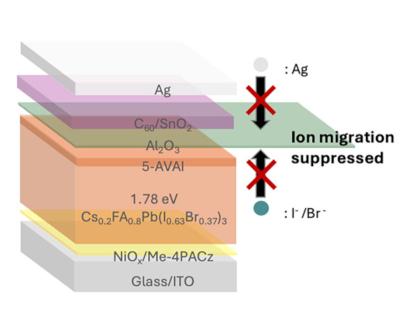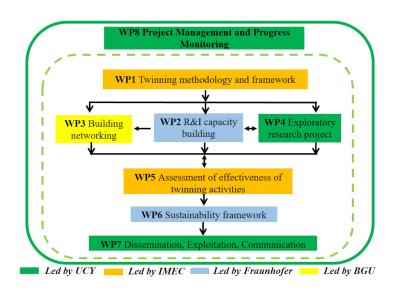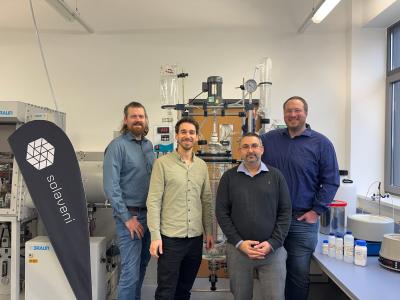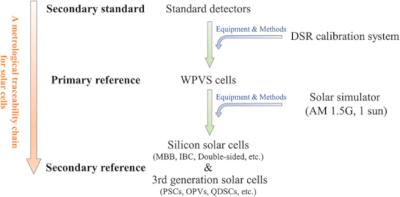New surface functionalization method to suppresses halide migration significantly improves PSC durability
Researchers from Northwestern University, Arizona State University, University of Toronto and National University of Singapore have addressed the issue of ion migration, which deteriorates the performance and stability of perovskite solar cells (PSCs). The team has developed a new method to improve the stability and efficiency of PSCs through surface functionalization, which uses a chemical compound called 5-ammonium valeric acid iodide (5-AVAI) to enable the uniform growth of aluminum oxide (Al₂O₃) through atomic layer deposition. This process creates a robust barrier that suppresses halide migration by more than an order of magnitude.
Using this method, the researchers tested solar cells, and found that they retained 90% of their initial power conversion efficiency (PCE) after 1,000 hours of continuous operation at 55 degrees Celsius under full sunlight, compared to less than 200 hours without the barrier layer.








